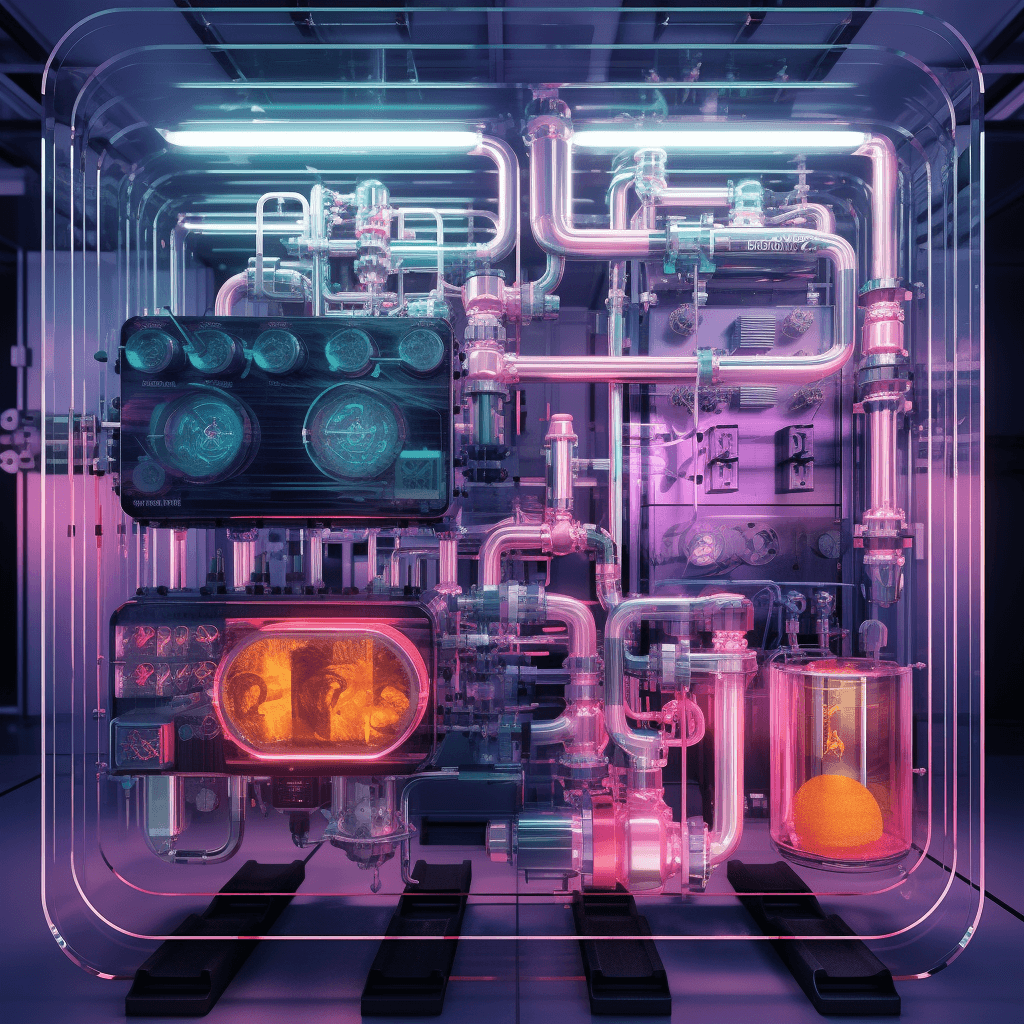The Intricacies of Evaporators and Condensers in Commercial Refrigeration
In the vast realm of commercial refrigeration, every component plays a pivotal role in ensuring optimal performance. Among these, the evaporators and condensers stand out as the unsung heroes, working tirelessly behind the scenes. At AirGreen, Montréal's leading HVAC service provider, we believe in empowering our clients with knowledge. Let's delve deep into the fascinating world of these two essential components and their significance in commercial refrigeration.
Evaporators: The Cold Makers
The evaporator's primary role is to absorb heat from the surroundings, making it the heart of the cooling process. But how does it achieve this feat?
-
Functionality: The refrigerant enters the evaporator coil in a low-pressure, low-temperature liquid-gas mixture. As it traverses the coil, it absorbs heat, causing the refrigerant to evaporate and turn into a low-pressure gas.
-
Location: Typically found inside the refrigerated space, the evaporator ensures direct contact with the air that needs cooling.
-
Types: There are various types of evaporators, including:
- Finned Evaporators: Common in most commercial refrigerators and freezers.
- Plate Evaporators: Often found in ice machines.
- Shell and Tube Evaporators: Used in large-scale operations.
Condensers: The Heat Expellers
While the evaporator absorbs heat, the condenser's job is to release it. This component is crucial in converting the refrigerant vapor back into a liquid.
-
Functionality: High-pressure, high-temperature refrigerant gas from the compressor enters the condenser. As the gas flows through the condenser coils, it releases heat to the external environment, causing the refrigerant to condense back into a high-pressure liquid.
-
Location: Generally located outside the refrigerated space, ensuring the expelled heat doesn't affect the internal temperature.
-
Types: Condensers also come in various forms:
- Air-Cooled Condensers: Most common in commercial refrigeration, using ambient air to cool and condense the refrigerant.
- Water-Cooled Condensers: Utilize water to cool the refrigerant, ideal for locations with high ambient temperatures.
- Evaporative Condensers: A hybrid, combining features of water and air-cooled condensers.
The Symbiotic Relationship
Evaporators and condensers work in tandem, maintaining a delicate balance. The evaporator absorbs heat, turning the refrigerant into gas, while the condenser releases this heat, converting the refrigerant back into a liquid. This continuous cycle ensures consistent temperatures, vital for commercial refrigeration.
Maintenance: Ensuring Longevity and Efficiency
Regular maintenance of both components is crucial. Dirty evaporator coils can reduce heat absorption efficiency, while a clogged condenser can hinder heat expulsion. At AirGreen, we emphasize routine check-ups, ensuring these components function at their peak.
In Conclusion: The Dynamic Duo of Commercial Refrigeration
The evaporator and condenser might not be the most glamorous parts of a refrigeration system, but their importance cannot be overstated. They are the backbone of the cooling process, ensuring products remain fresh and operations run smoothly. With AirGreen by your side, you can rest assured that every component of your commercial refrigeration system, from evaporators to condensers, receives the care and attention it deserves.

